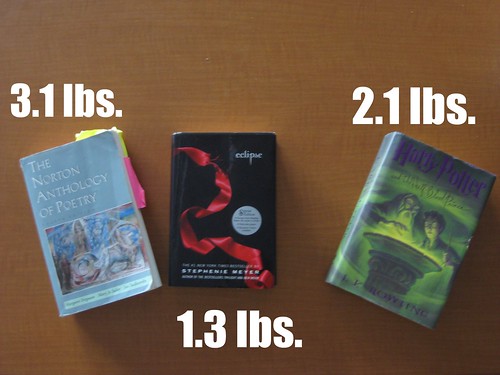 The Gist:
The Gist:
- Thinking about texts is complicated.
- The ideas of success and greatness are fluid and subjective.
- Rather than a paper, I’m having my students document their thinking.
The Whole Story:
This piece of work won’t end in a paper. If you’re a traditionalist English teacher-type, you should abandon hope.
In Storytelling as of late, we’ve been working with short stories.
Three questions have held our focus:
- What makes a short story?
- What makes a great short story?
- What makes a successful short story?
With the consideration of each question, the students have been keeping lists qualifiers they identify as we work through some classic and contemporary examples. The other day, they received this assignment:
Today, you’re working to create a flow chart I can apply to any text and correctly end at one of the five following conclusions:
- Not a short story.
- Short story, neither great nor successful.
- Short story, great, not successful.
- Short story, not great, successful.
- Short story, great and successful.
To create your flow chart, use one of these five tools:
- gliffy.com
- lovelycharts.com
- lucidchart.com
- creately.com
- flowchart.com (this one is in beta and you must request an account)
Once you’ve completed your flow chart, post the link to the final published chart here.
Admittedly, “correctly” in the opening sentence was subjective, but it took the kids to some interesting places.
Hannah created this.
Narayan and Jarmel created this.
Jesse did this.
Patrick did this.
And, Levon did this.
When everyone’s chart was submitted today, the students beta tested:
Pick a flow chart here.
Plug in 5 different texts:
- Not a short story.
- Short story, neither great nor successful.
- Short story, great, not successful.
- Short story, not great, successful.
- Short story, great and successful.
Keep track of where it comes out. Take notes of where you got lost or where you needed more direction. Pass your notes on to the flow cartographer as a reply in the forum.
Repeat for two more charts.
Not only did it lead to some interesting informal discussions of what constituted “great” or “successful,” it pushed students to revise and iterate their process for arriving at these conclusions.
I won’t be assigning a paper at the end of this. I don’t need to. Writing a paper no one will care about is not the skill I want them working toward. They’ve shown me their thinking in a way that is more accessible than they’ve be able to in a collection of paragraphs analyzing one or two chosen texts.
This, I can interact with.



 Here are the standings:
Here are the standings: